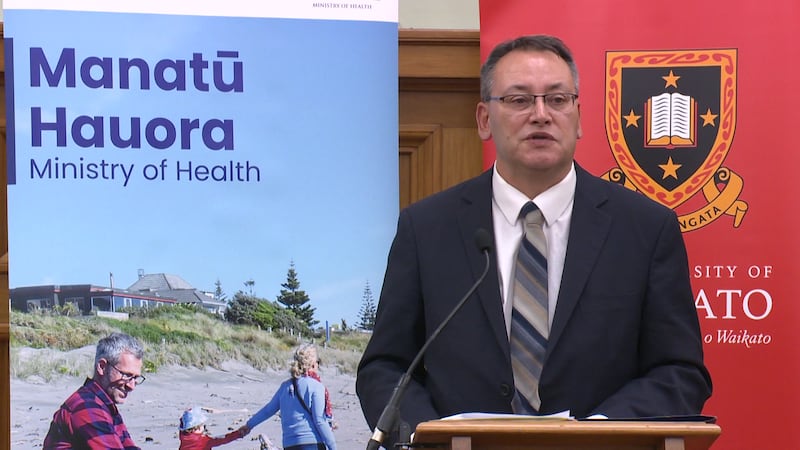In a significant move to combat the critical shortage of locally trained doctors, the government has signed a memorandum of understanding with the University of Waikato, marking a pivotal step toward establishing a third medical school in the country.
The initiative was unveiled by Health Minister Shane Reti today.
“Today’s signing by the Ministry of Health and the University of Waikato is a big step forward,” he says.
“Many GPs are planning to retire in the next 10 years, which will particularly impact provincial and rural communities already experiencing New Zealand’s biggest doctor shortages.
According to Reti, the Ministry of Health and the University of Waikato will embark on a thorough process to ensure the proposed medical school’s model will meet New Zealand’s pressing health workforce needs.
He says the deal paves the way for the development of a business case for the new school, which aims to address the what he calls an “alarming scarcity” of Kiwi doctors.
“Increasing the number of homegrown health professionals is a top priority to make sure all New Zealanders have timely access to quality healthcare.”
Health workforce crisis
The announcement aligns with the coalition government’s 100-day plan. Reti emphasised the urgent need to tackle the healthcare access delays plaguing the country by resolving the workforce crisis.
While New Zealand boasts high-quality medical training through the University of Auckland and the University of Otago, the looming retirement of many general practitioners poses a significant threat, especially to provincial and rural communities. The proposed third medical school, focusing on primary care with a four-year graduate entry programme, seeks to mitigate this issue and reduce the reliance on overseas-trained doctors.
Reti also highlighted the initiative’s potential to retain New Zealand students, who have increasingly pursued medical education in Australia within the domestic healthcare system.
“This initiative also looks to retain more New Zealanders in our domestic medical school programmes, given more than 300 New Zealand students a year have been training in Australian medical schools,” Reti says.
The next steps include an evaluation of the training model, with a cost-benefit analysis.
‘We need to train more doctors’
Waikato University vice-chancellor Professor Neil Quigley says it is a significant step towards addressing health workforce needs and reducing New Zealand’s heavy reliance on importing doctors from overseas.
“The University of Waikato has long advocated that an investment in a third medical school is part of the solution to our current and future health workforce needs. It will provide a new model of medical education in New Zealand, with new entry pathways attracting a more diverse range of students. It will be a new approach to matching medical education with our actual workforce needs, and a new approach to integrating provincial and rural communities into the medical education programme.”
“We need to train more doctors, we need to select students from a wider range of backgrounds who are committed to long-term careers in primary care outside the main centres and we need to place these students in the regions where they are needed.”
Annual intake of 120 students
Professor Quigley says the University of Waikato plans to have an intake of up to 120 medical students each year chosen from students who have already completed an undergraduate degree.
The students would receive four years of intensive, practical medical education. This graduate-entry model is used by many of the world’s highest ranked medical schools and is the dominant model of medical education in Australia.
The university has a newly established nursing programme, with the student intake increasing from 40 in 2021 to more than 210 in 2023, in response to severe staff shortages in both the region’s and the nation’s health workforce.
It is also developing programmes for other health professions.

